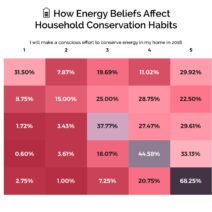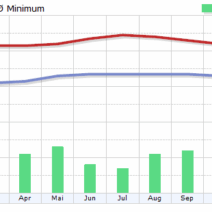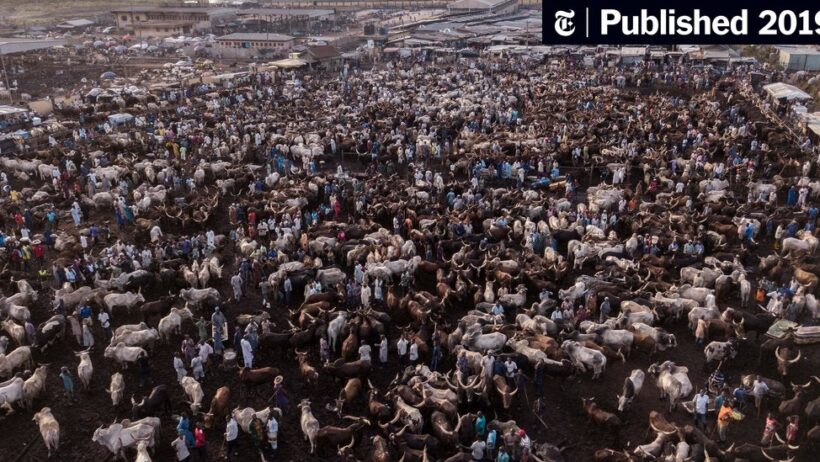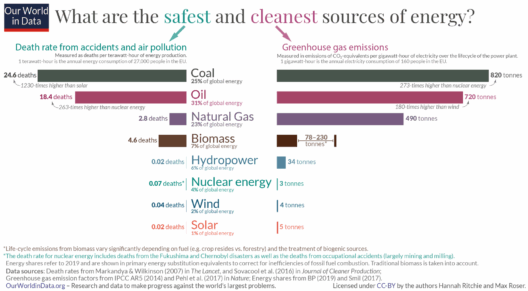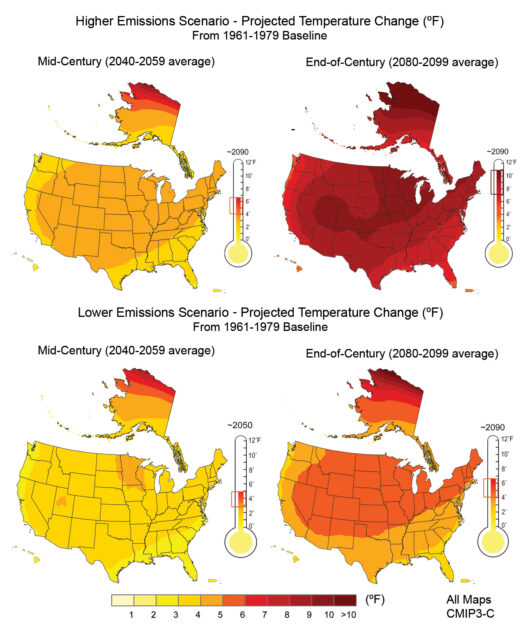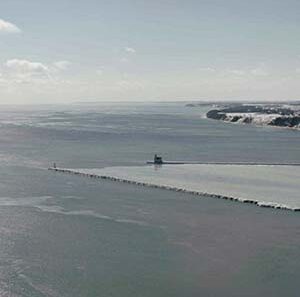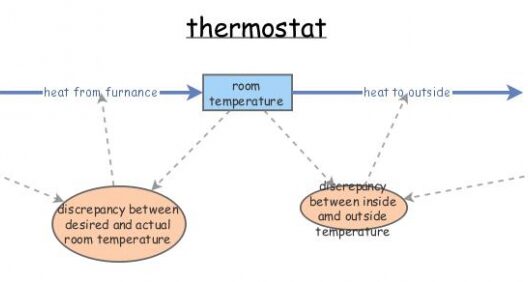Will climate change destroy our food supply? This question has been posed by countless scientists, environmentalists, and concerned citizens alike. As we delve into the intricacies of climate change and its impacts upon agriculture, we realize that the challenge is not merely a future hypothetical; it is an immediate concern with far-reaching implications. Let’s explore the multifaceted relationship between climate dynamics and food security.
At the heart of the issue lies the undeniable fact that climate change is a global phenomenon resulting in increasingly erratic weather patterns, altered precipitation regimes, and rising temperatures. The agricultural sector, which relies heavily on specific climatic conditions, finds itself in a precarious position. Crops that once flourished in familiar temperatures and weather patterns are now under siege from unprecedented climatic events. Imagine a world where staple crops like wheat, rice, and maize are no longer reliably cultivated—a dystopian narrative that becomes more plausible with each passing year.
First, consider the impact of temperature extremes. Many crops have optimal growth temperatures, and deviations from this range can hinder development. For instance, heat stress can drastically reduce yields, especially during critical periods such as flowering. If scenarios of increased average temperatures, often attributed to climate change, unfold as projected, croplands may become less productive. This phenomenon could lead to food shortages and increased prices. The resulting economic strain will affect both farmers and consumers, particularly in regions already burdened by food insecurity.
Next, let’s examine the changing patterns of precipitation. The advent of intense storms and prolonged droughts creates an inconsistent water supply for crops. While some areas may experience torrential rains that lead to flooding, others are parched, leading to desertification. This hydrological disarray does not only jeopardize crop production but also spreads the risks associated with planting and harvesting. Farmers may find themselves in a precarious position, investing in seeds and resources without guarantee of a successful yield.
Moreover, climate change fosters a fertile ground for pests and diseases, which flourish in warmer conditions. As temperatures rise, so does the prevalence of these threats, making crops more vulnerable than ever. Pesticides that were once effective may lose their potency, while farmers scramble to adapt to the ever-evolving landscape of agricultural threats. This escalation in pest populations could compel reliance on increasingly toxic chemicals, further exacerbating environmental degradation and human health concerns.
Furthermore, the global issue of food supply is inextricably linked to socioeconomic factors. Climate change does not impact all populations equally. Vulnerable communities, particularly in developing nations, often have the least capacity to adapt to changing climatic conditions. These populations are already grappling with diminished resources, inadequate infrastructure, and limited access to technological advancements. As climate change intensifies, these disparities will deepen, resulting in a multifaceted humanitarian crisis. The rich interaction of ecological and socioeconomic stressors may lead to increased migration and conflict over dwindling resources.
In addition to agricultural yields, the question of food quality becomes pertinent. Climate change has implications for the nutritional value of crops. Elevated carbon dioxide levels may reduce the concentrations of essential nutrients in staple food crops. This alarming trend poses a significant threat, particularly for populations reliant on these crops for their primary nutrition. If quantities diminish and quality deteriorates, the resulting dietary deficiencies will have dire consequences for public health.
On the brighter side, there are advancements in agricultural technology aimed at counteracting the impacts of climate change. Innovations such as genetically modified organisms (GMOs), drought-resistant varieties, and precision agriculture offer the prospect of resilience. By leveraging technology and scientific research, farmers may one day cultivate crops able to withstand extreme conditions. However, these solutions are not universally accessible and may be met with public resistance based on ethical and environmental considerations.
Additionally, sustainable agricultural practices stand to improve resilience against the vicissitudes of climate change. Techniques such as agroforestry, cover cropping, and permaculture not only enhance biodiversity but also bolster soil health and water retention. These practices can serve as proactive measures that support both food security and environmental preservation. As industry stakeholders begin to pivot towards sustainability, the seeds of change are being sown, albeit slowly.
Furthermore, public policy plays an essential role in addressing the pernicious effects of climate change on food supply. Governments worldwide must prioritize climate adaptation strategies that include sustainable farming practices, support for research and development in agricultural technology, and programs that bolster food security. Collaboration among international organizations, governments, and local communities is needed to formulate comprehensive solutions, ensuring that climate resilience becomes a shared goal rather than an afterthought.
In conclusion, while the question remains: will climate change destroy our food supply? The answer is multifaceted and complex. The impending challenges are daunting, but they are not insurmountable. The imperative exists to act urgently and collectively, recognizing food supply as a critical intersection of environmental, economic, and social factors. The ability to confront and mitigate these challenges depends on a harmonized approach that integrates science, policy, and community engagement. If action is taken promptly, perhaps our food system will not only survive but thrive in a changing climate.
